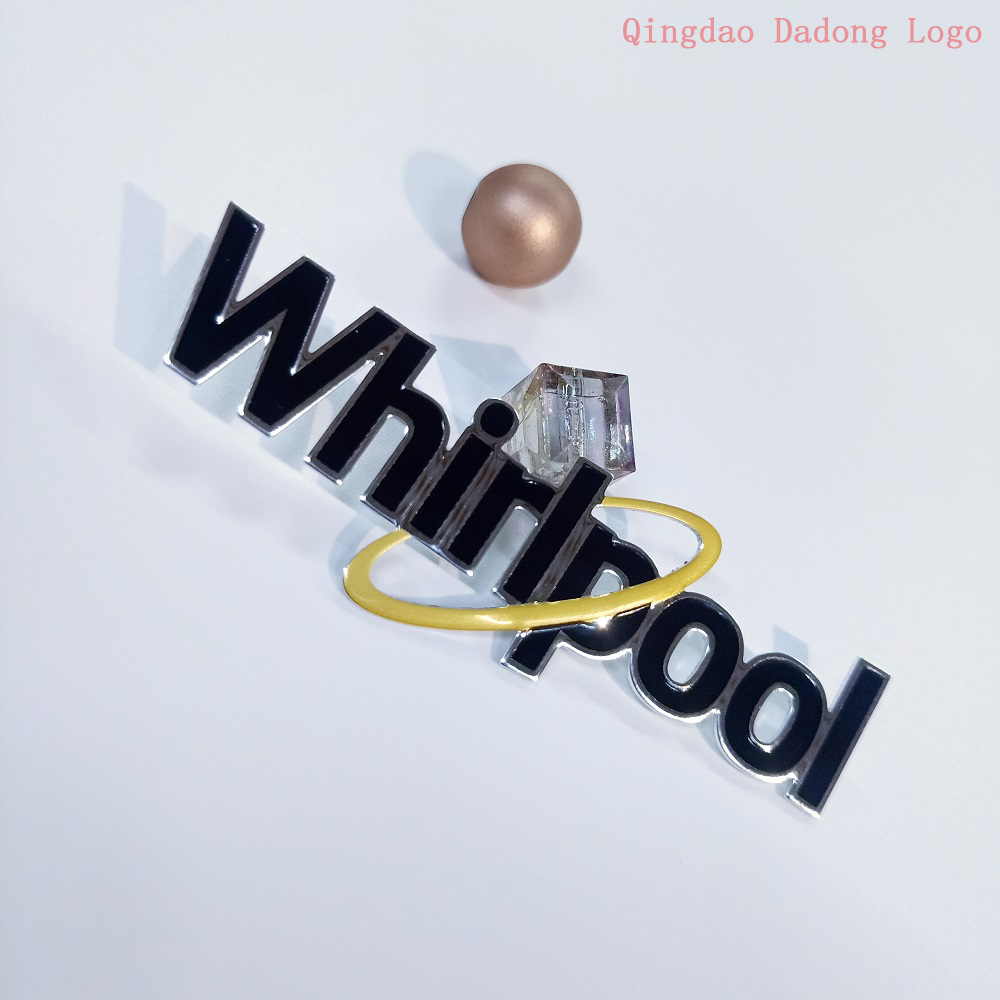NEWS
What are the performance requirements of metal labels for materials?
Writer:admin Time:2023-07-20 10:20 Browse:℃
Metal signs are increasingly used in various fields of modern society, mainly in fields such as electronic products, home appliances, machinery, and civil products. The popularity is mainly due to the strict performance requirements of metal labels on materials, which need to be reflected in strength, hardness, plasticity, fatigue strength, impact toughness, and other aspects.
1、 Strength: The ability of metal signage materials to resist plastic deformation or fracture under load.
1. Symbol: yield strength σ S - The minimum stress at which the material yields. The unit is Mpa.
2. Tensile strength σ B - The maximum stress that the material bears before breaking. The unit is Mpa.
3. Application conditions and scope: the main basis for designing Machine element and selecting materials.

2、 Hardness: The ability of a metal label material to resist deformation when pressed into another object within a local volume on its surface.
1. Symbol: Brinell hardness HB; Rockwell hardness HR.
2. Application conditions and scope: Brinell hardness is mainly used for measuring materials such as gray cast iron, non-ferrous metal labels, and annealed, normalized, and tempered steel. HBS is suitable for measuring materials with hardness values less than 450, while HBW is suitable for measuring materials with hardness values less than 650. The Rockwell hardness tester can measure both soft and hard metal materials. HRA is mainly used for measuring hard alloys and surface quenched steel; HRB is mainly used for measuring soft steel, annealed steel, copper alloys, etc; HRC is mainly used for measuring general quenched steel.
3、 Plasticity: The ability of metal signage materials to undergo plastic deformation without fracture under load.
1. Symbol: elongation after fracture δ—— The relative elongation of the gauge length after the specimen is pulled apart.
2. Reduction of area ψ—— The relative shrinkage rate of the cross-sectional area of the specimen after fracture.
3. Application conditions and scope: The main basis for selecting materials during pressure processing.
4、 Fatigue strength: The maximum stress at which a metal label material can withstand repeated alternating loads without fracture.
1. Symbol: fatigue strength δ- one
2. Application conditions and scope: the 7th power of cycle 10 for Ferrous metals, the 8th power of cycle 10 for nonferrous metal labels and some high-strength steels.
5、 Impact toughness: The ability of metal label materials to resist impact load without damage.
1. Symbol: impact absorption energy Ak; Impact toughness ak.
2. Application conditions and scope: The impact toughness value is generally only used as a reference for material selection and cannot be used as a calculation basis. The multiple impact resistance of materials mainly depends on plasticity; When impacting energy, it mainly depends on strength.
In summary, the production of metal signs is mainly based on raw materials such as copper, iron, aluminum, zinc alloy, titanium, stainless steel, etc., and is made through processes such as stamping, die-casting, etching, printing, enamel, imitation enamel, baking paint, drip molding, electroplating, etc. The specific requirements for the material performance of its metal label are described above.
CATEGORIES
LATEST NEWS
CONTACT US
WhatsApp: +8615806503075
Tel: +8615806503075
Email: percy@dadonglogo.com
Addr: 7 Tonghe Road, Pingdu, Qingdao
